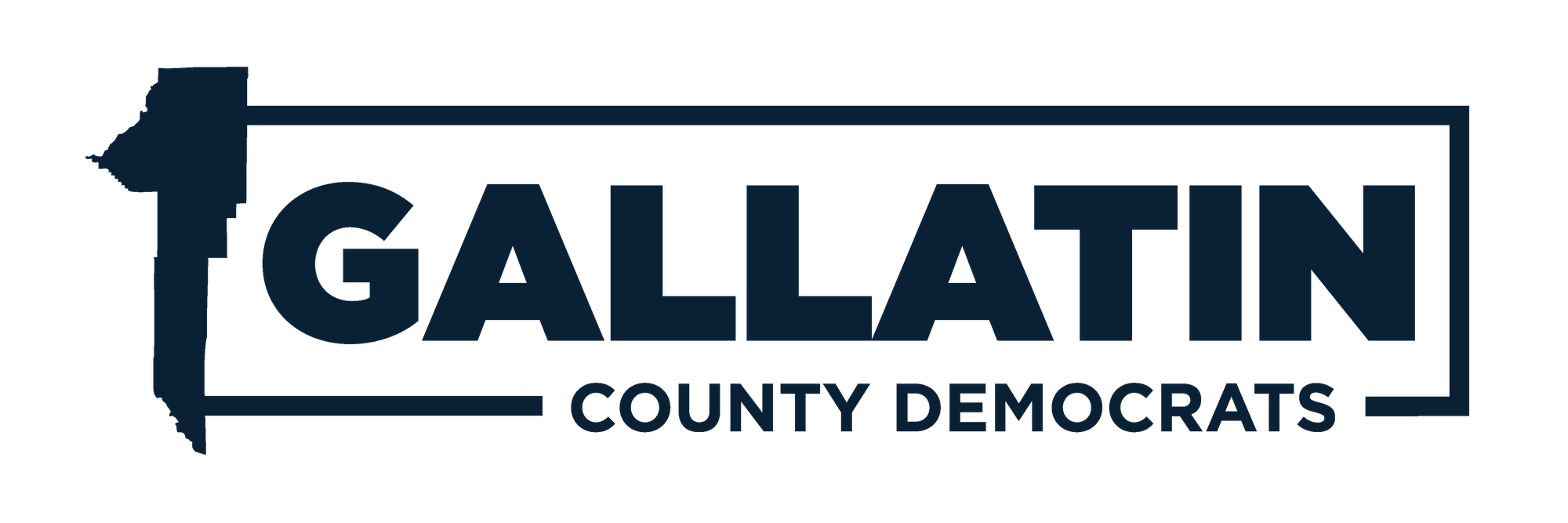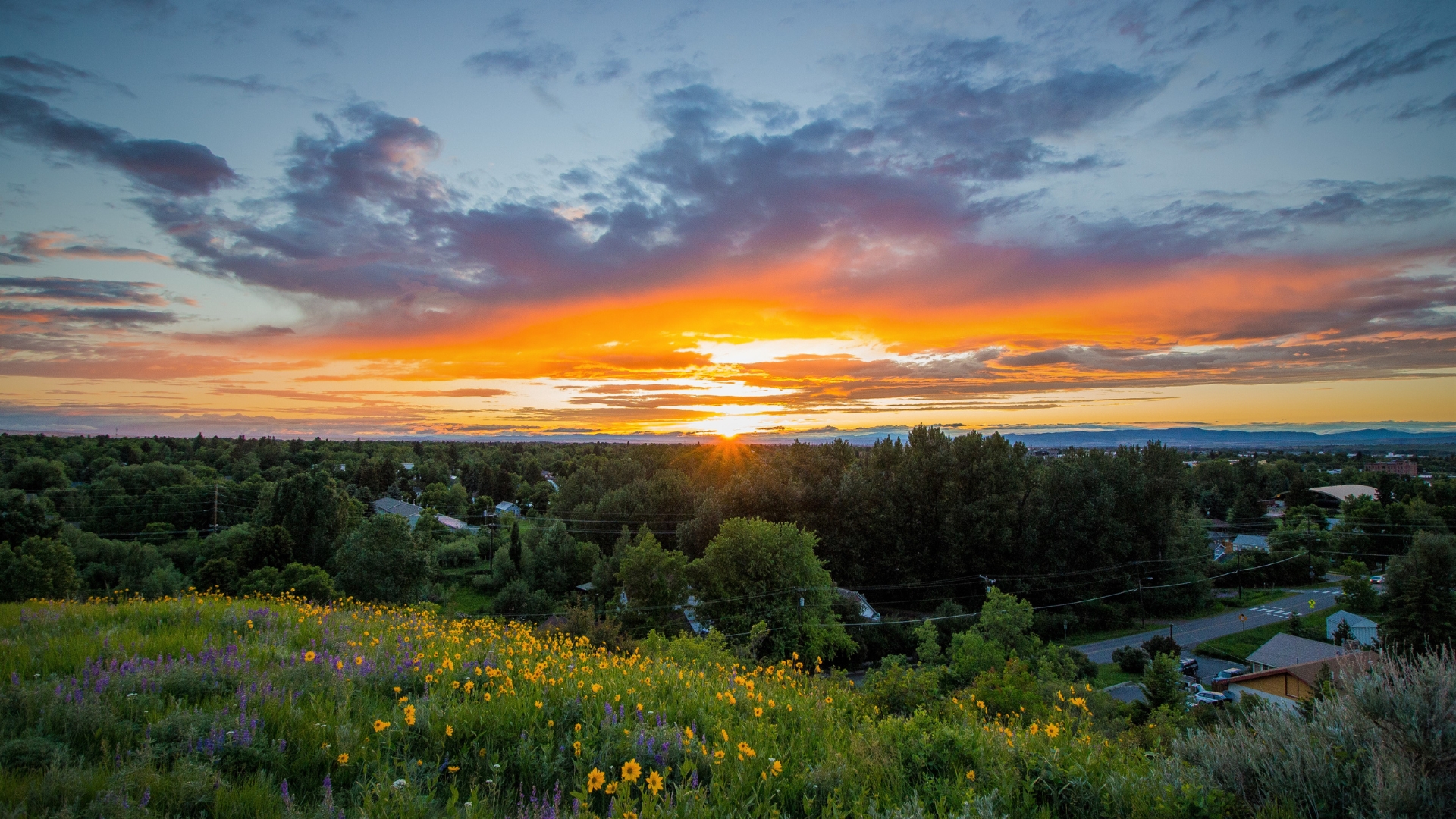Forest Service has failed to protect the wilderness
The recently released Custer Gallatin National Forest Service plan shrinks interim wilderness protections for the 155,000-acre Hyalite Porcupine Buffalohorn Wilderness Study Area (HPBH
WSA). The HPBH WSA was established by Senate bill S. 393 in 1977. Among the mandates in the Act: SEC. 3. (a) says: “Except as otherwise provided by this section, and subject to existing private
rights, the wilderness study areas designated by this Act shall, until Congress determines otherwise, be administered by the Secretary of Agriculture so as to maintain their presently existing
wilderness character and potential for inclusion in the National Wilderness Preservation Systems.”
Instead of following the Congressional instruction, the Forest Service has permitted non-conforming activities in the WSA such as mountain biking, ORV use, and snowmobiling. Some (Gallatin Forest Partnership) use this past Forest Service inaction to follow congressional mandates to claim we cannot expect to protect the entire Gallatin Range as wilderness.
In the 1990s Congress directed the Forest Service to acquire private inholdings in the southern part of the range with the expressed intent of enabling future wilderness designation.
Instead of honoring congressional intent by recommending wilderness for the entire HPBH WSA, the Forest Service is using an unknown and untested “backcountry” status for the wildlife-rich Buffalohorn Porcupine drainages, which, among other things, permits mechanical access.
With the continued population pressures surrounding the Bozeman area, we need to preserve wild country with the strongest and time-tested designations as provided by the 1964 Wilderness Act. Unfortunately, the Forest Service has failed it’s ethical and legal obligation to protect the full extent of the Gallatin Range wildlands for biodiversity, carbon storage, and wildlife.
Time for Congress to create a 270,000-acre Gallatin Range Wilderness as advocated by the Gallatin Yellowstone Wilderness Alliance.
George Wuerthner
Livingston – Bozeman Daily Chronicle Letter to the Editor 7/19/20
House should pass Great American Outdoors Act
On June 17, the U.S. Senate passed the Great American Outdoors Act which is headed for a House vote on July 22. This bipartisan legislation fully funds the Land and Water Conservation Fund, our nation’s most successful conservation program which provides much needed dollars for repairs and maintenance projects on our public lands.
During a time when our nation faces unprecedented challenges and economic uncertainty, the Great American Outdoors Act would make targeted investments on our lands and waters, funding a wealth of conservation and access projects across the country. It would fund LWCF at $900 million in perpetuity, funds which come directly from offshore oil revenue. It also would provide public land management agencies, including the U.S. Forest Service, National Wildlife Refuge System, National Park Service and Bureau of Land Management, $9.5 billion over the next five years to repair damaged roads, trails, bridges and water structures.
This legislation took decades of hard work and relentless advocacy by outdoorsmen and women committed to preserving our wild public lands, waters and wildlife, as well as willing collaboration by members of both parties.
On behalf of the Montana Chapter of Backcountry Hunters and Anglers, I want to thank Sens. Tester and Daines for supporting this landmark bill.
Now is the time to ask Rep. Gianforte to follow their leadership and send this bill swiftly to the president’s desk! Let him know how important this is to you and all hunters and anglers across Montana. Give him a call at (202) 225-3211
Rachelle Schrute
Belgrade – Bozeman Daily Chronicle Letter to the Editor 7/19/20
By JOHN SALAZAR
AND LORENTS GROSFIELD
Guest columnists – Working Together Can Solve Access Conflicts
A proposed land exchange in the Custer Gallatin National Forest is a new case study in the art of the possible. Public land users who want to hunt and camp in Montana’s Crazy Mountains and private landowners who ranch on the outskirts are dog-tired tired of fighting. Instead of lawyering up in the courts, we worked together on a durable compromise that would create public access and protect landowners.
The East Crazy Mountains and Inspiration Divide agreement is citizen-proposal that would consolidate public lands and create new public access and outdoor opportunity on the eastern side of the Crazy Mountains and for the Lee Metcalf Wilderness just outside Big Sky. The agreement is a homegrown solution that bears all the hallmarks of any good compromise where everyone gets something but no one party gets everything they want.
Under the current proposal, public land users would receive a net gain of 1,566 acres and more consolidated public lands to improve wildlife security and outdoor recreation. Hunters, hikers, and anglers would also receive legal access in the East Crazy Mountains and Madison Range where none currently exists and the construction of a new trail system through the Crazy Mountains.
For private landowners, that new trail system will resolve a long-simmering access dispute on East Trunk Trail #136. Trail #136 shown on maps currently meanders through five sections of private land. It has been the topic of multiple well-documented disputes over its legality and location. A new and improved trail system on consolidated public lands would clear up uncertainty for both landowners and for the public land users who risk trespass violations on the current trail.
The proposed trail system is projected to cost $1 million, but it wouldn’t cost taxpayers a dime. As part of this agreement the Yellowstone Club has offered to pay all costs for environmental analysis and construction. Yellowstone Club is not only agreeing to finance the new trail. They have been a good-faith partner and contributed valuable expertise and staff capacity in this effort to bring folks together and enhance public access in both the Crazy Mountains and the Madison Range.
We understand finding common ground does not appeal to everyone. Some folks are not programmed to meet half-way and that is ok. We are not taking away their choice to fight. Instead, we are proposing an alternative model for the rest of Montana who wants to create certainty and recognizes that nobody benefits from the current status-quo.
We invite Montanans to learn more about this citizen-proposal at our coalition website www.crazymountainproject.com. There is currently a 30-day opportunity for anyone to offer feedback and provide insights both online or by attending one of four open houses. Those open houses will follow all state and local health guidance and will be staffed by our dedicated coalition of public land users and landowner volunteers who are familiar with the proposal. Our short-term goal is to incorporate any constructive ideas into a final proposal that will be submitted to the U.S. Forest Service and Montana’s congressional delegation. Our long-term goal is to show Montanans can work together to resolve uncertainty, enhance public access, and protect our traditions without
lawyers.
Only by finding common ground can we build the types of enduring solutions that will protect our Montana way of life for future generations.
John Salazar is a public lands hunter and a board member for the Montana Wildlife Federation.
Lorents Grosfield is a rancher and former state lawmaker based in Big Timber. They are both members of the Crazy Mountain Access Project.
Bozeman Daily Chronicle Guest Editorial 7/21/20

